With the rollercoaster ride that is Series One VGC now in its final days, players are eager to get their hands on the Paradox Pokémon and integrate them into their competitive teams for Series Two VGC.
So eager, in fact, that before the format has officially started on the ranked ladder and in official TPCI tournaments, a bunch of organizers and individuals have begun hosting their own online grassroots tournaments for the enthused bunch of players.
With tournaments recently held like the NinoPokeBros Tour, the Beanie Brawl tour, or the Duranz Tour, we have seen a lot of the initial pre-Series Two metagame that will develop even further as the format officially begins on Feb. 1.
People have theorized what they think will be strong and what won’t be too hot going into the format and unofficial tournaments, but the various top cut results in these tournaments themselves have proven a lot of the competitive community wrong in their assumptions of what the Series Two metagame would look like.
With the early Series Two metagame formed, let’s look at the biggest developments in the competitive Pokémon scene for Pokémon Scarlet and Violet.
Iron Hands: the king of early Series 2 VGC
Going into Series Two, everyone knew Iron Hands was going to be a pretty good meta pick, but no one foresaw the fact that it would be winning and top-cutting nearly every early grassroots Series Two VGC tournaments that were being held.
In fact, people expected the two top threats to be Roaring Moon and Flutter Mane, and while these ‘mons have gotten amazing results—especially Roaring Moon—they’re not up to the level of usage and win rate that Iron Hands has got going for it.
What makes Iron Hands so great? Well, it hits like a truck with and even without Booster Energy, it’s slow enough to take full advantage of Trick Room, and it’s incredibly bulky on the Defense side. Since Iron Hands is lacking on the Special Defense end, most players are opting to run it with an Assault Vest. It also gets wide coverage to deal with anything that threatens it.
But one could argue that Hariyama does a lot of the same things that its future counterpart does, so then why hasn’t Hariyama gotten usage anywhere near to what Iron Hands has gotten, despite a few appearances in top cut? Could it just be new-toy syndrome with Iron Hands? Will it drop in usage in favor of Hariyama in the near future? There are still more questions to be answered about this Paradox.
The return of Arcanine
Whenever Incineroar is not in the picture, this good doggo called Arcanine comes right back into any metagame as the premier Intimidate ‘mon. This was the same in early Series One VGC, but with the advent of Pokémon Scarlet and Violet also came a host of new ways to disrespect Pokémon carrying Intimidate.
In recent generations, the devs have reworked a ton of existing abilities to ignore Intimidate, making it so that quite a few physical attackers didn’t have to worry about the ability. In Gen IX, they took it a step further and introduced the item Clear Amulet, which prevents any stat drops on the holder, which also counts—you guessed it—the Attack drops from Intimidate.
Since a lot of physical sweepers were opting to now run Clear Amulet as counterplay to Intimidate, Arcanine began to see a dip in usage until it was barely seen in the recent San Diego Regionals.
Analyze the top cut results of early Series Two tournaments, however, and you will see Arcanine back in its full glory.
This could be due to a lot of players dropping Clear Amulet as their item choice on physical attackers after seeing Intimidate usage drop in Series One, and also because of the fact that the prime physical attackers in Series Two would rather hold other items than Clear Amulet, like Iron Hands and Roaring Moon.
Arcanine is also just a solid ‘mon in general, so this was the perfect window of opportunity for it to make its comeback.
Iron Valiant is better than we thought
Given Iron Valiant’s poor bulk, undesirable defensive typing, and the fact that it is almost forced to run a mixed attacking EV spread and moveset due to a lack of crucial moves, no one thought too highly of this Pokémon. Yes, it had potential and a niche, but we didn’t expect it to get top results anytime soon.
Boy, were we wrong.
In the Duranz VGC tournament that took place recently, Iron Valiant got second place, surprising the competitive Pokémon community with this incredibly good placement. It was run as a mixed attacker with Close Combat, Moonblast, Icy Wind for incredibly fast Speed control, and Protect.
Players figured someone would crack the code with Iron Valiant at some point of time, but given the difficulty of figuring this ‘mon out, they didn’t think it would be this quick.
The above set is great as it clearly gave good results, and largely because it hits three of the Big Four of Series Two—Iron Bundle, Iron Hands, Roaring Moon, and Flutter Mane—for super-effective damage. This moveset can’t really threaten Flutter Mane, but if you replace Icy Wind for something like Shadow Claw or Shadow Sneak, it can one-shot the overgrown Misdreavus as well.
Booster Energy over Pincurchin or Torkoal
There is great benefit to using an Electric Terrain setter for your Quark Drive Pokémon, and a Sun setter for your Protosynthesis ‘mons. And yet, all of the early grassroots tournaments showed an extreme lack of any Torkoals, and even more so—Pincurchin. Why is this the case?
Letting the Paradox Pokémon get their respective stat boosts from terrain or weather is so much more beneficial than running Booster Energy, because for one, it frees up an item slot for these ‘mons which is incredibly valuable. And two, Booster Energy only lasts until the Pokémon is switched out of the field, whereas Protosynthesis and Quark Drive activated through weather or terrain will last until these effects run out from the field.
Not having a lot of Pincurchin being run on these top cut teams is pretty reasonable: Picurchin is not a good Pokémon.
Aside from the fact that it sets up Electric Terrain, Pincurchin is simply weak. It has negligible bulk, weak offenses, and while its horrendously slow Speed stat would usually be amazing in Trick Room, it doesn’t have anything going for it to abuse under reversed turn orders. Furthermore, the devs even took Rising Voltage from this little guy, so it’s really tough justifying using an entire team slot for Picurchin.
Torkoal, on the other hand, is actually an amazing Pokémon. It is one of the slowest Pokémon under Trick Room, and with access to Eruption and Tera Fire, there’s nothing other than Fire-immune Pokémon that want to take that to the face. So why did we not see too much of Torkoal in these grassroot tournaments?
While Torkoal does activate Protosynthesis for the past Paradox ‘mons, it doesn’t really synergize too well with being on the field with them at the same time. The common past Paradox forms are relatively fast, while Torkoal likes to function in Trick Room, so it seems like players figured out that choosing Torkoal along with the fast Paradox ‘mons into battle may not be the best battle tactic.
Finally, VGC is a fast-paced format. There’s not a lot of switching and pivoting happening when compared to something like single battles. This lets Paradox Pokémon make good use of Booster Energy as their plan is to come on the field and stay to cause as much disruption and damage as they can, which means that we’re not going to see a lot of Sun and Electric Terrain teams in competitive until the better setters are legal for play.
Paradox Pokémon are great, but not essential
With base stat totals of 570-590, these ancient and futuristic beasts are on the levels of sub-Legendaries. That being said, there are only a handful of these Paradox ‘mons which are incredibly splashable, being able to fit on a plethora of team archetypes. The rest of these Pokémon suffer from being a little niche, or straight-up underwhelming.
Take away the glamor from their title of “Paradox Pokémon” and you’ll realize they’re pretty much like other strong Pokémon floating around in the meta, and you don’t need them on every team you build in Series Two VGC.
You can see this from the top cut results of a lot of these early grassroots tournaments as well. A few of these teams were built without any Paradox Pokémon being utilized, while some were just snatched from the Series One metagame, and yet these teams placed well.
Now, will you benefit from using incredibly strong ‘mons like Iron Bundle and Flutter Mane on your teams in Series Two? Yes. However, if a team makes complete sense without any Paradox Pokémon, you don’t have to feel the need to squeeze one of them in there. The normal Pokémon are plenty capable on their own, and they may comprise just the anti-meta team that you need to beat these beasts in Series Two VGC.


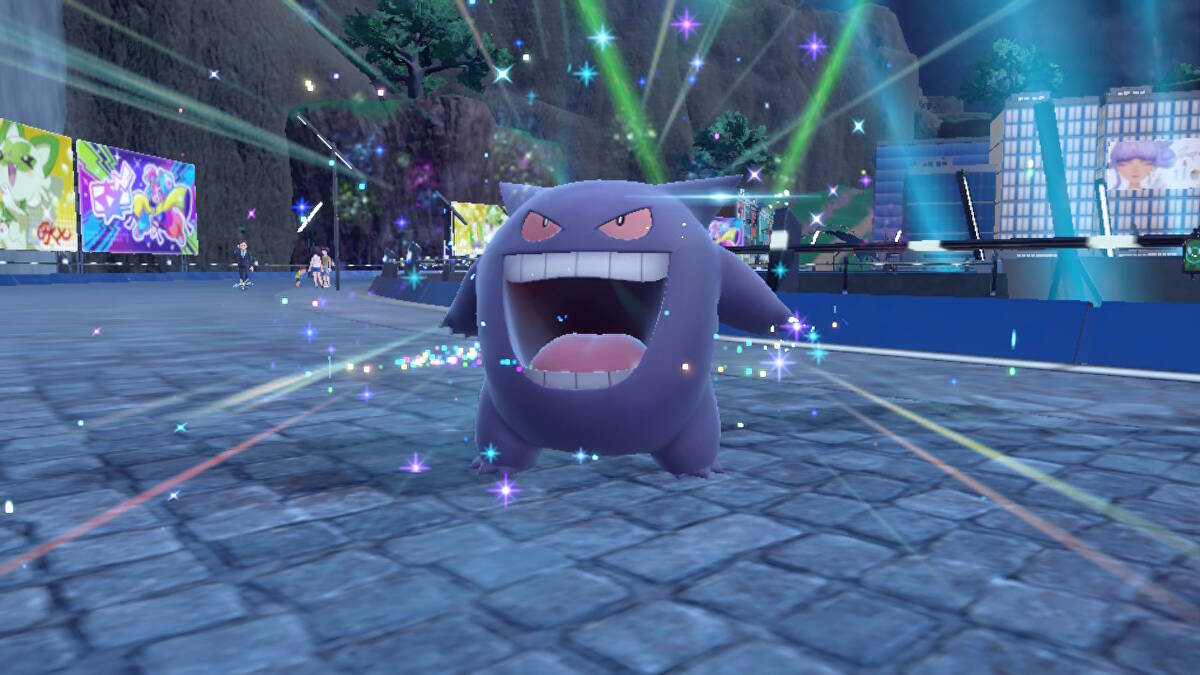
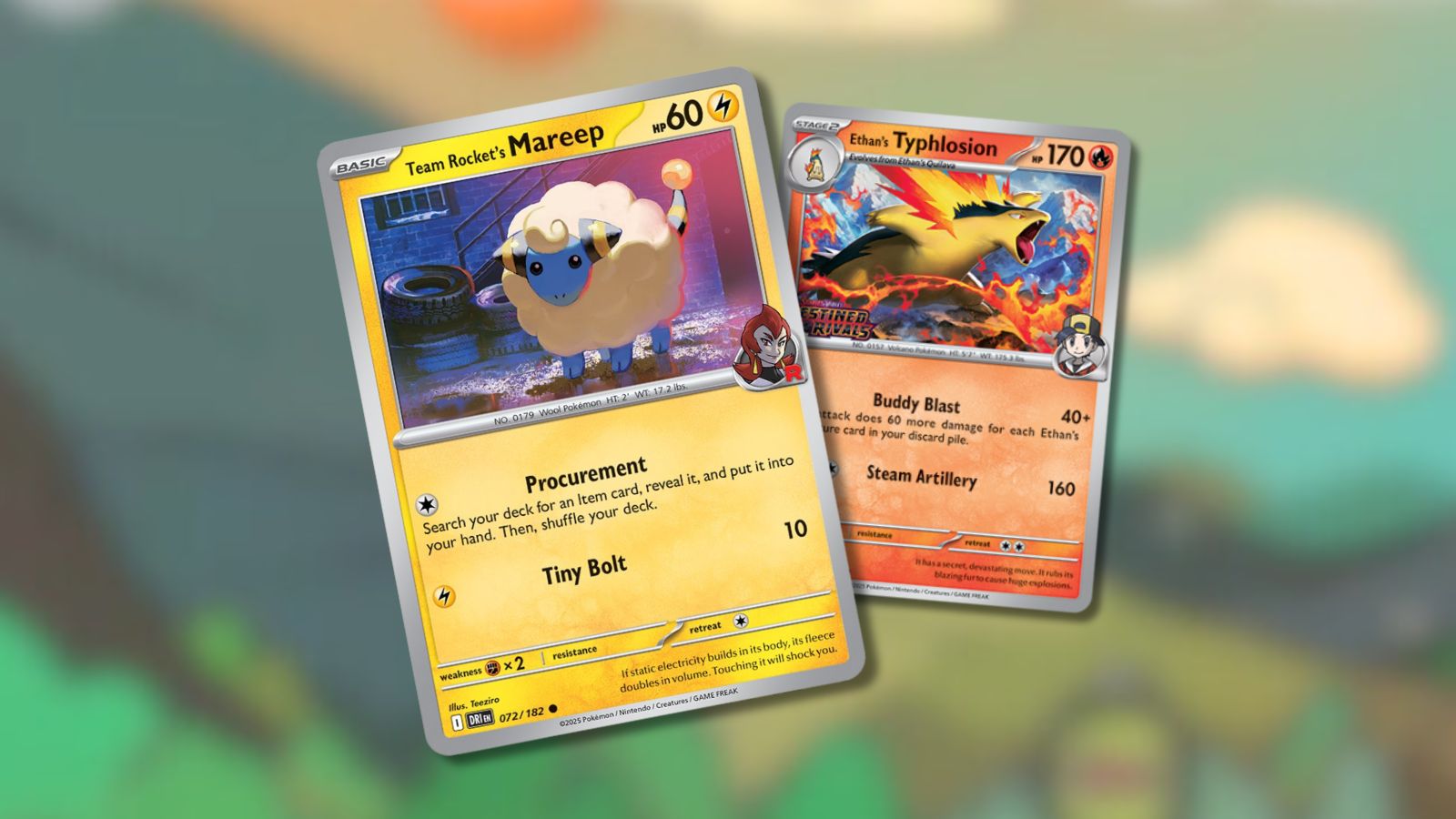
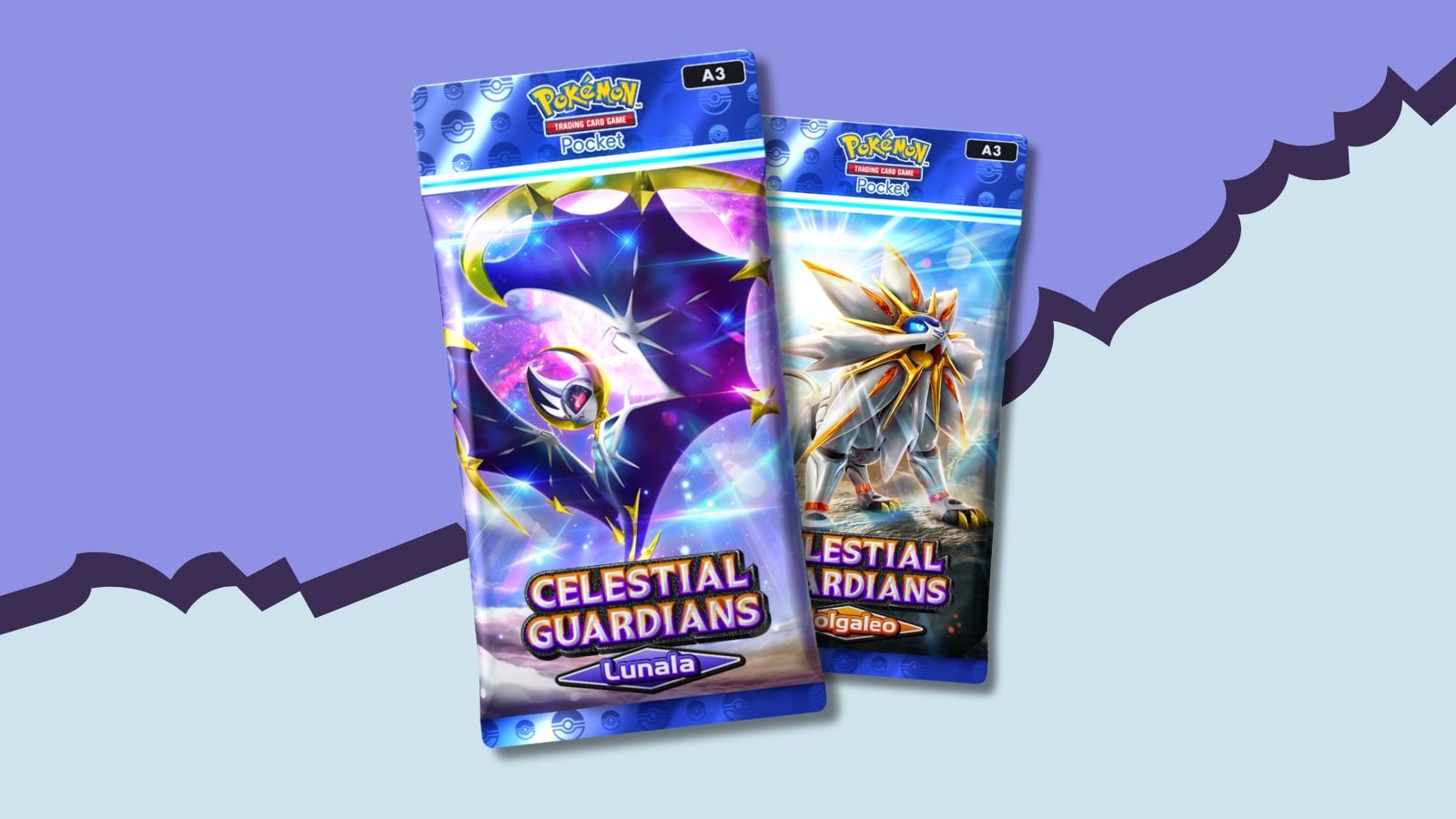
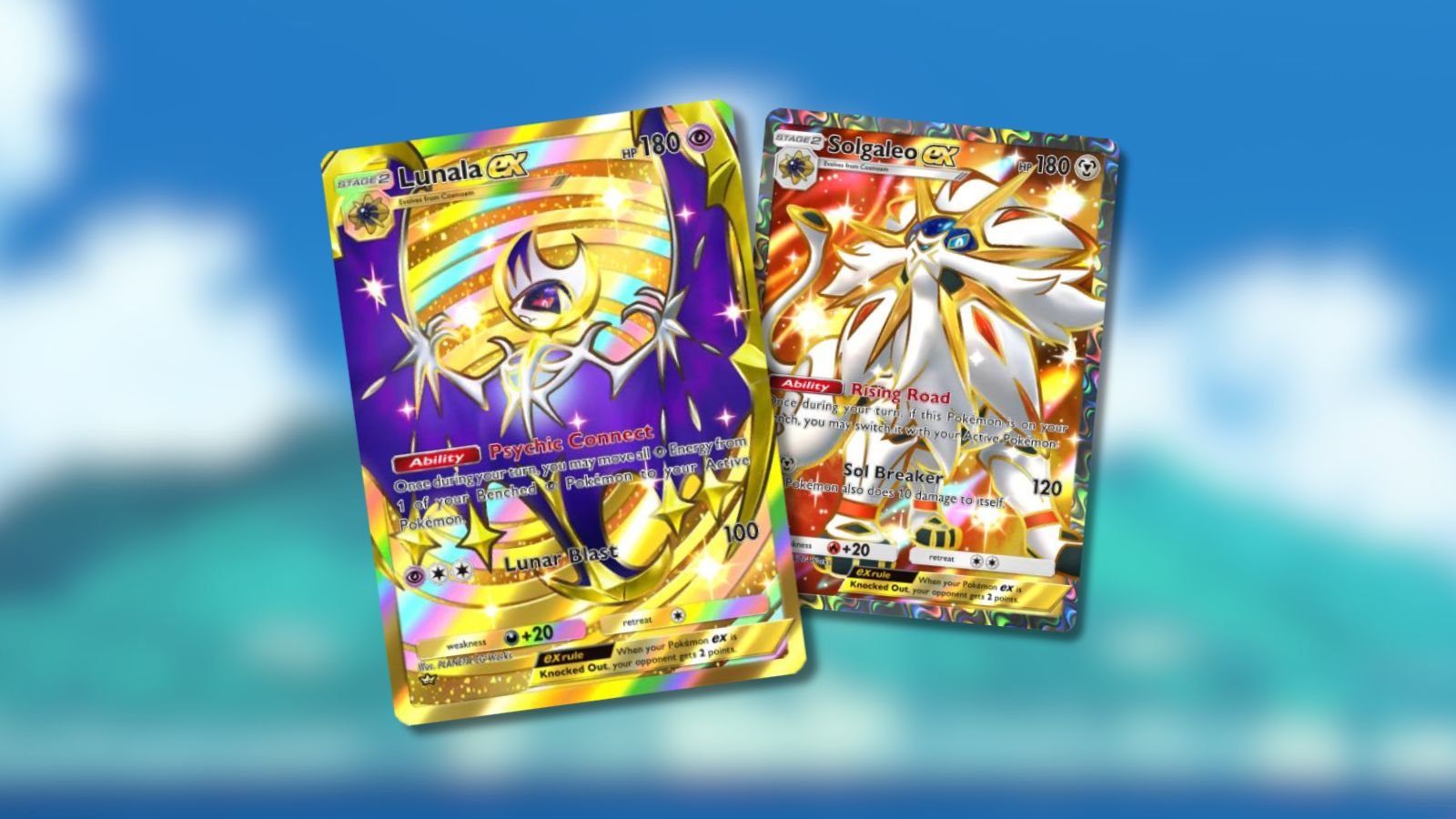
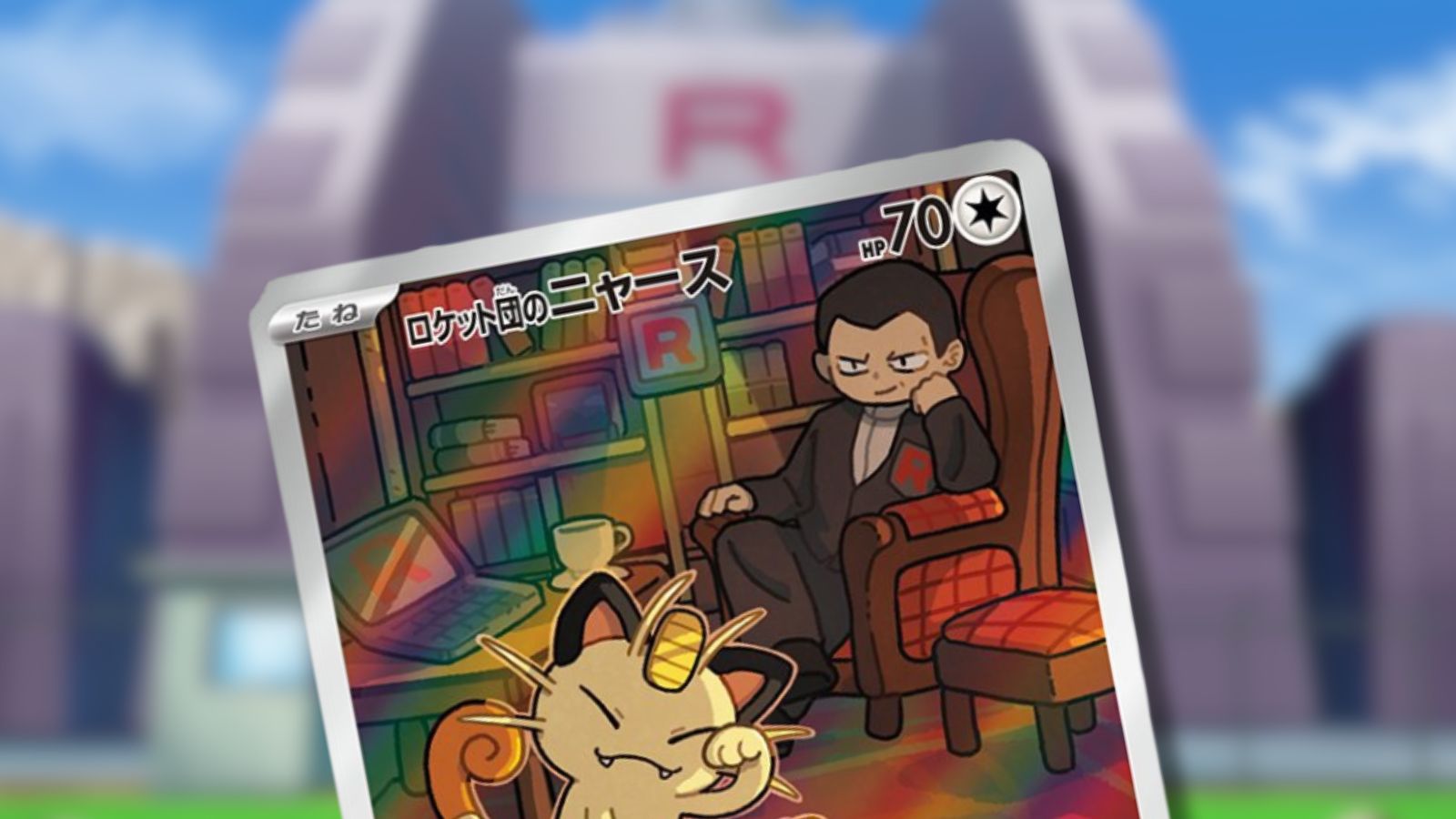
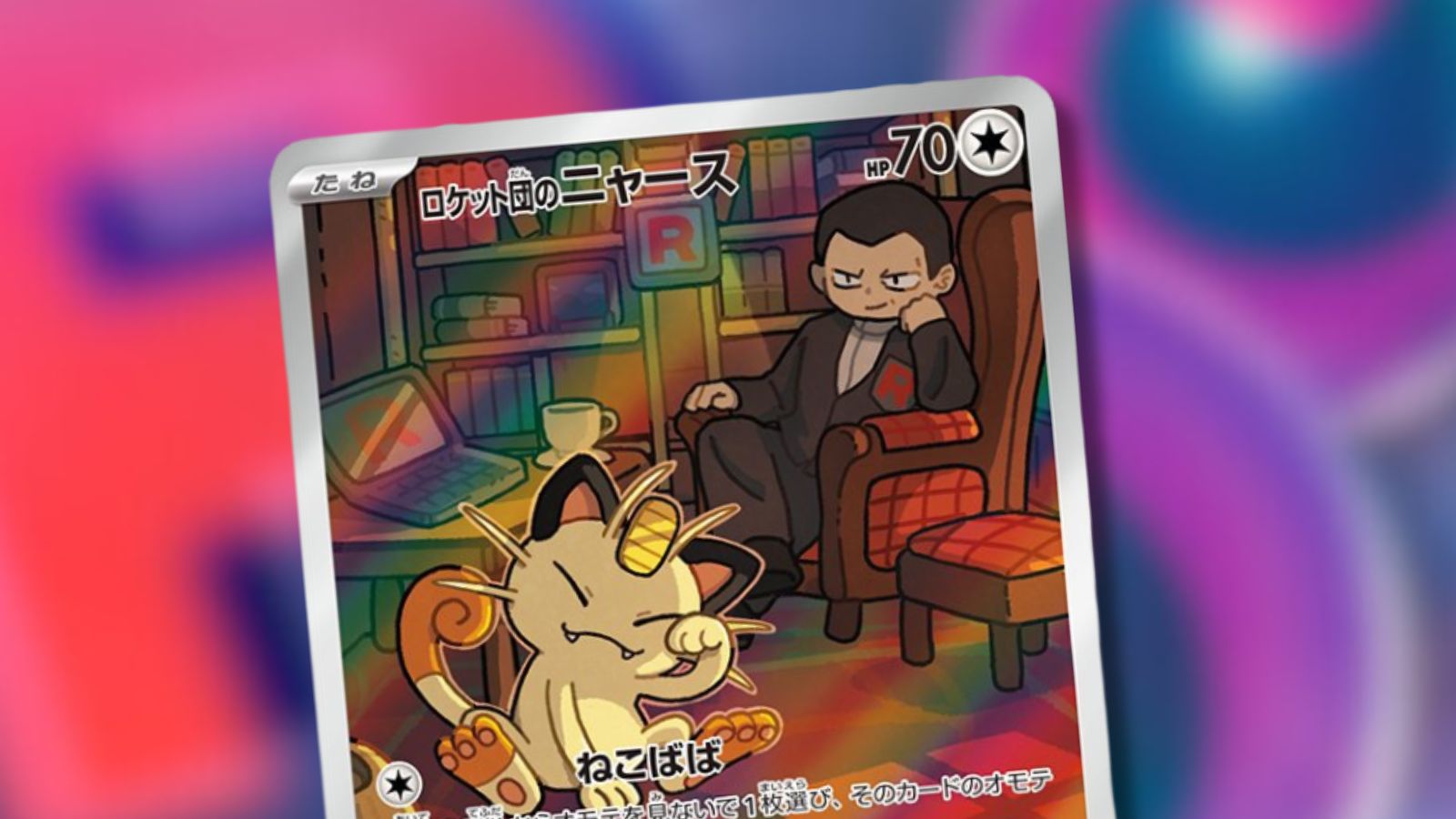
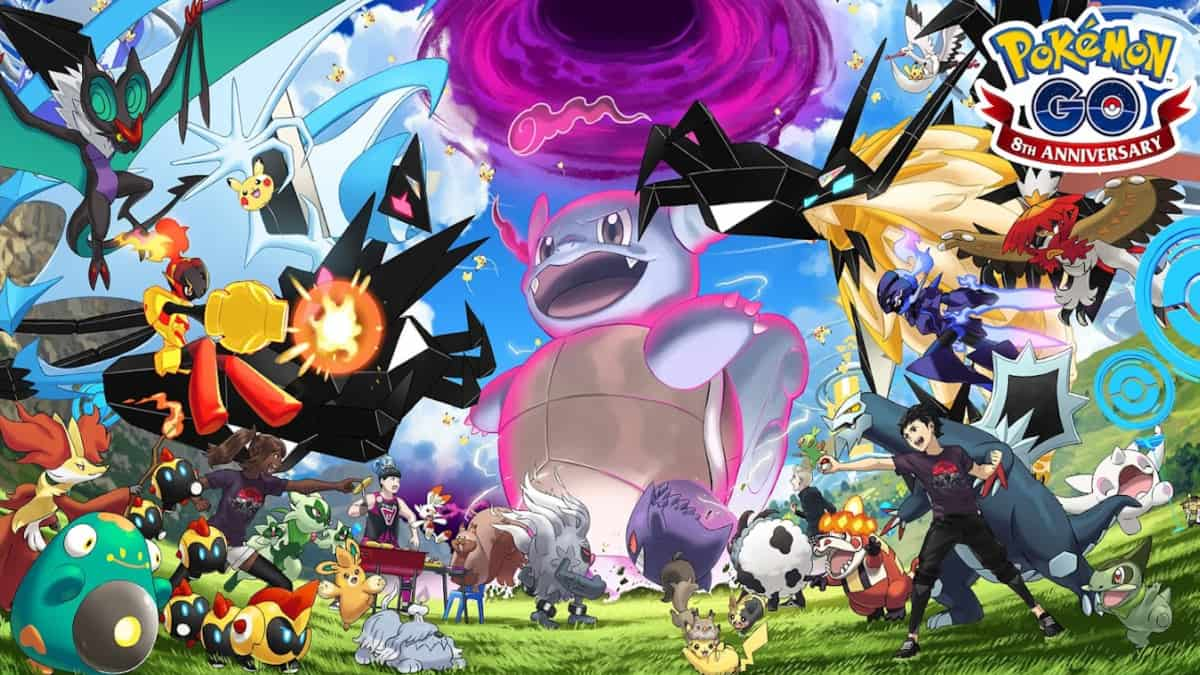
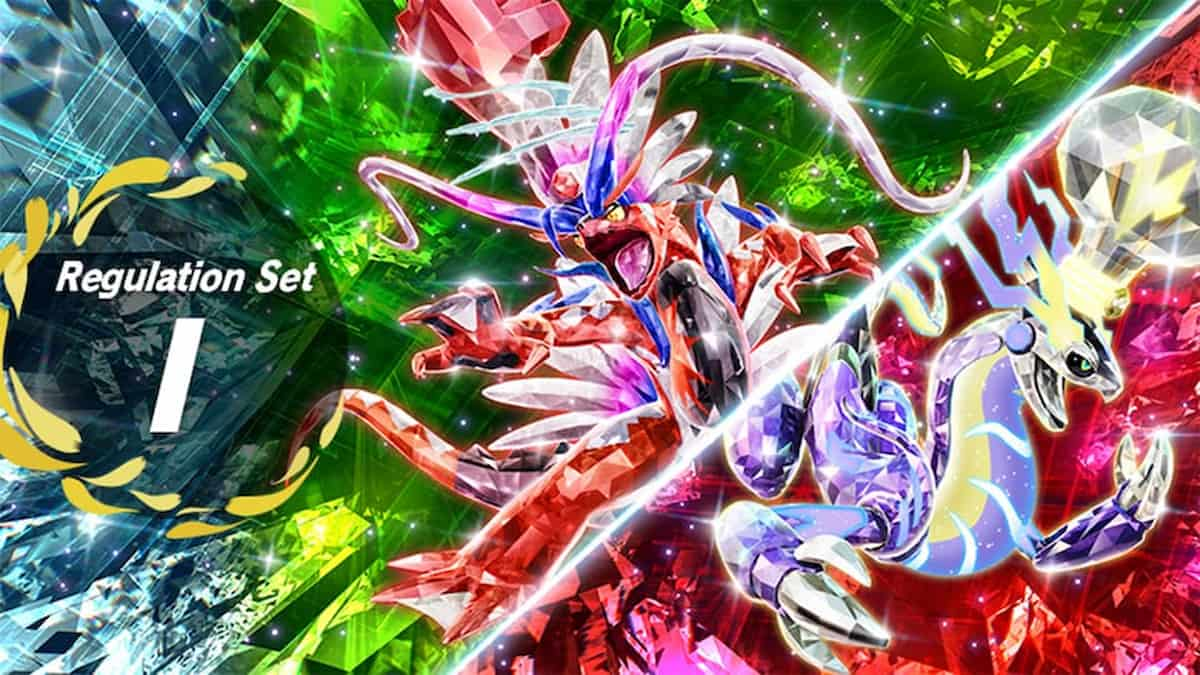
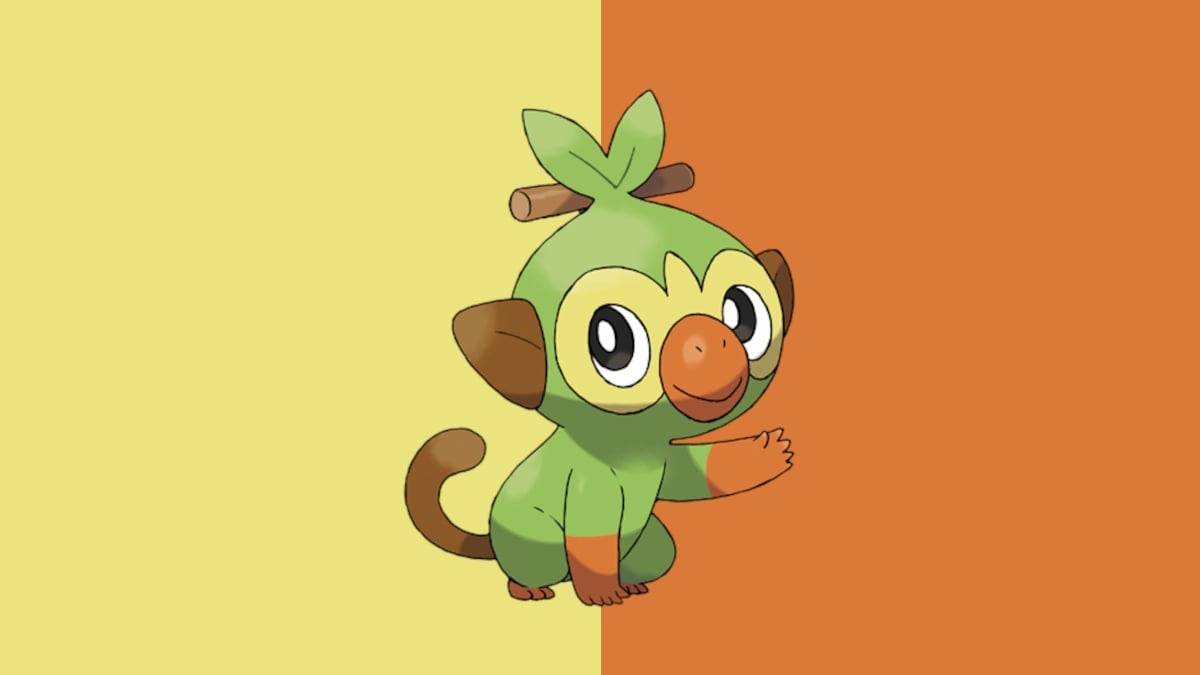
Published: Jan 18, 2023 12:29 pm